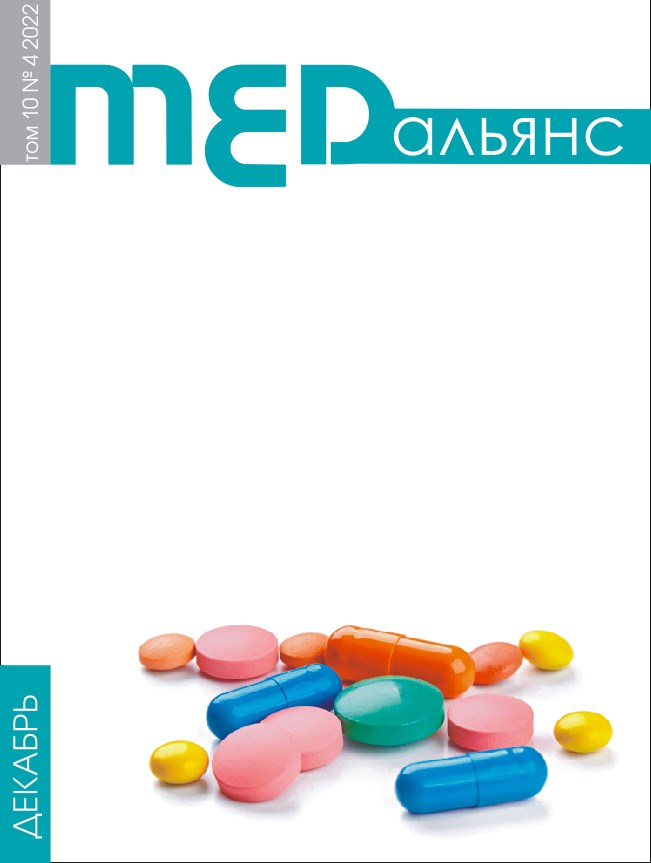Abstract
The effect of bisphosphonates on bone recovery after surgical treatment of osteitis has not been fully understood. Aim: To study morphometric features of bone restoration when bisphosphonates are used after the surgical treatment of experimental tuberculous osteitis. Material and methods. Experimental model of TB osteitis of distal femur was produced in 21 sexually mature chinchilla male rabbits of distal epimetaphys of femoral bone. After resection of the locus and osteoplasty, 3 study arms have been formed depending on the medication therapy: anti-TB drugs only, anti-TB drugs + bisphosphonates (BF) and BF only. After the end of experiment, 3 and 5 months after surgery, material was harvested in autopsy and histological sections 3–5 microns thick were morphometrically studied on the basis of digital images of the preparations. Results. 3 months after the operation, a greater thickness of the bone rods was noted in the group of rabbits treated with anti-TB drugs + BF, after 6 months — in those treated with BF only (p<0.001). In all the studied groups, relief of specific TB inflammation was achieved in 50–75% of cases 6 months after surgical treatment. Conclusions: The use of BF in the treatment of experimental tuberculous osteitis does not impact the frequency of detection and the area of specific inflammation, while providing the greatest thickness of the bone rods at 3 and 6 months after surgical treatment.

